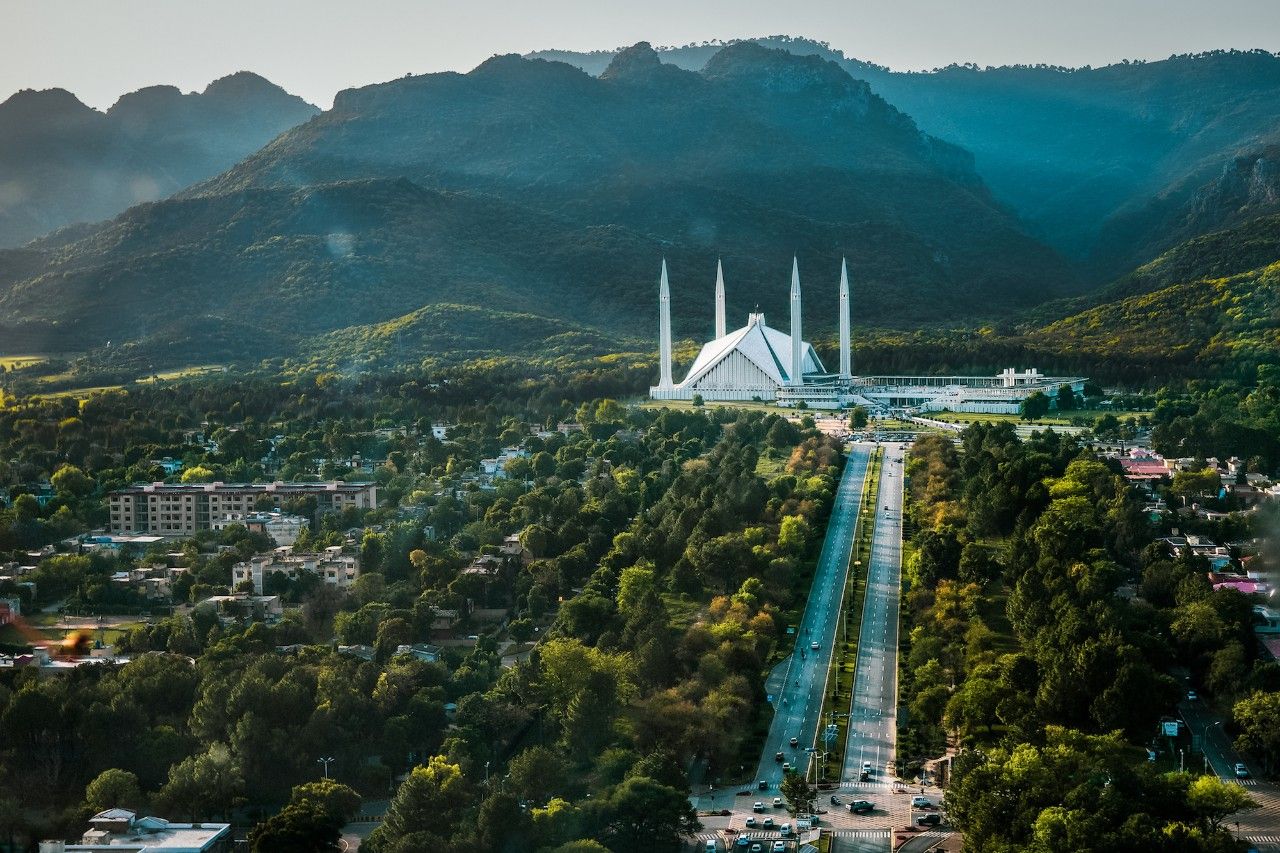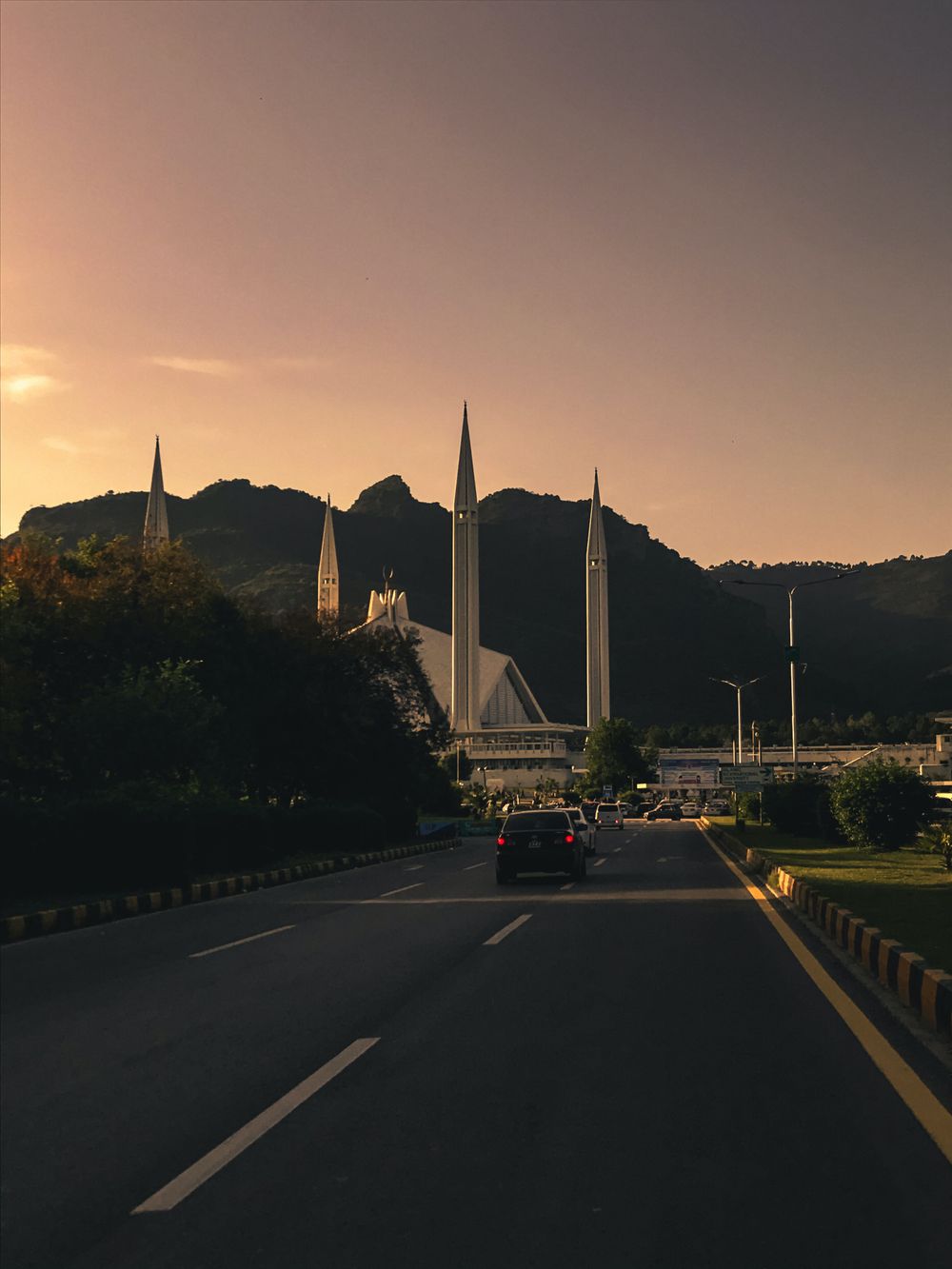Pakistan: The Land of Pure
The state of Pakistan officially Islamic republic of Pakistan, is a country in South Asia. Pakistan is also known as the land of Pure. It is the world's 5th most populous country in the world, the current population of Pakistan in February 2021, 227,798,867 according to the Worldometer elaboration of the latest United Nations data.
Location:
Pakistan is the 33rd largest country in the world by area, the area of Pakistan is 340,509 square miles (spanning 881,913 square kilometres). It is 650-miles (1,046-kilometre) coastline along the Gulf of Oman and Arabian Sea in the south, it is bordered by Iran to the west, China to the northeast, India to the east. Pakistan is separated narrowly from Tajikistan by Wakhan Corridor, Afghanistan in the north. Pakistan also share maritime border with Oman.
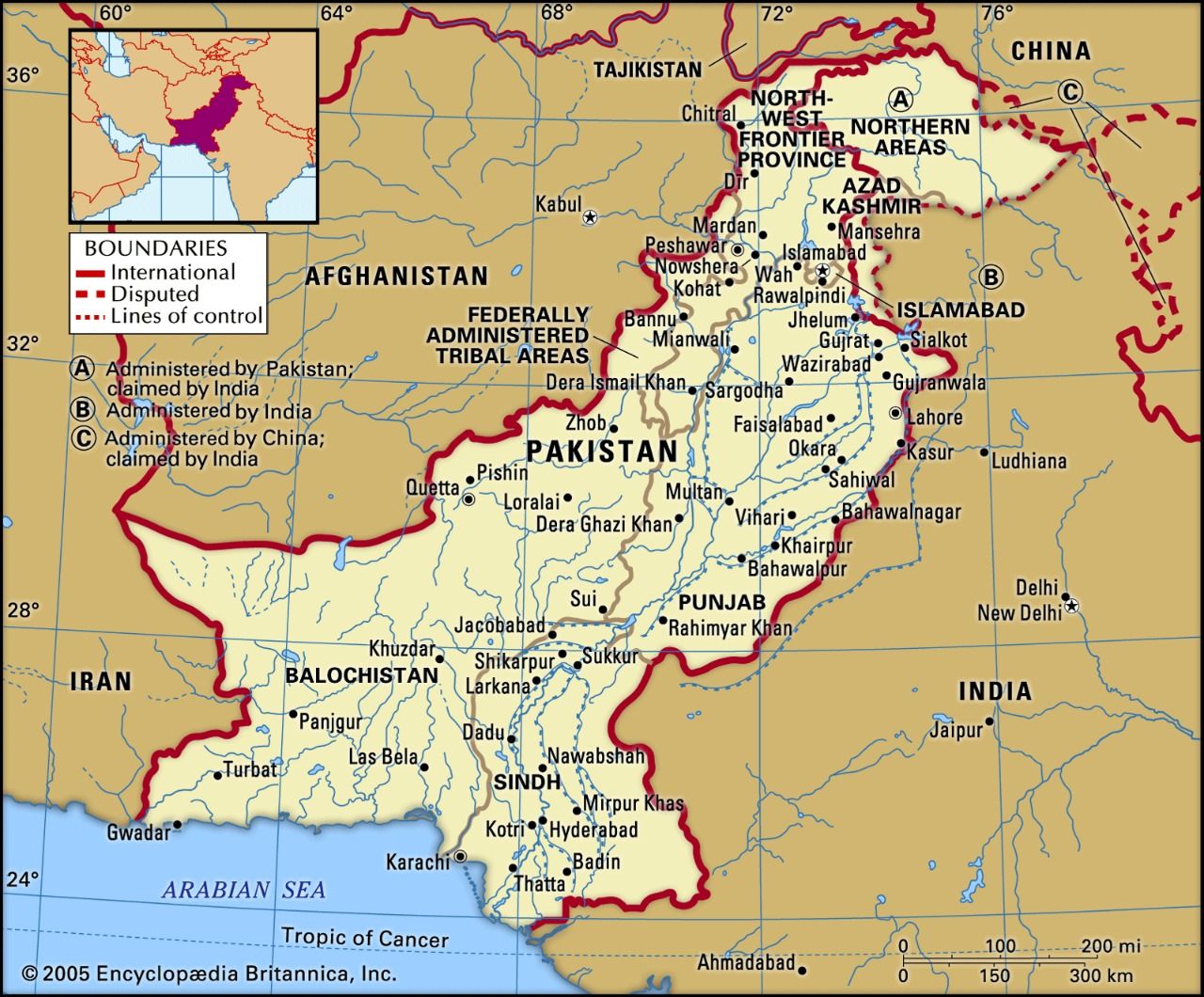
History:
The site of Pakistan has several ancient cultures. The Indus Valley Civilization of Bronze Age and the Neolithic site of Mehrgarh in Balochistan, are one of the most extensive civilizations of the old world. The region that comprises Islamic Republic Pakistan was the realm of multiple dynasties and empires, including the First Persian Empire also known as Achaemenid; briefly that of Alexander the Great, the Kushan, the Gupta, the Hindu Shahi, the Sikh Empire, the Maurya, the Seleucid, the Umayyad Caliphate in the South of the region, British East India Company rule, and the most recent the British Indian Empire (1858-1947).
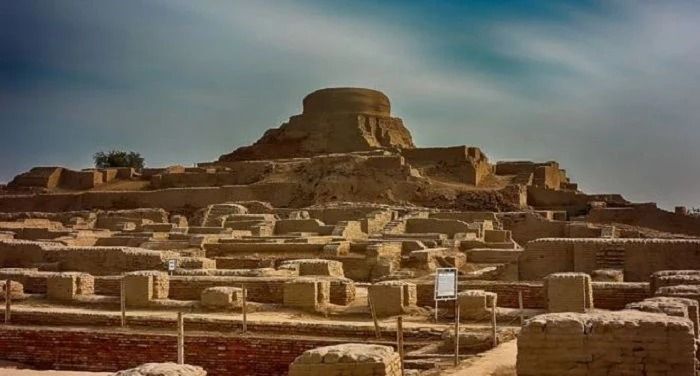
By the inducement of Pakistan Movement, the Muslims of British India sought a homeland, through election victories in 1947 All India Muslim League gained independence in 1947. After independence and partition of the British Indian Empire, this separate state was accompanied by unparalleled mass migration and loss of life. Pakistan, initially there is dominion of British Commonwealth, in 1957 Pakistan drafted its constitution and emerged as a declared Islamic republic state.
In 1971, after a nine-month-long civil war, the region of East Pakistan seeded as the new country of Bangladesh. Pakistan has been ruled by governments in the following four decades, the description of government is, although complex alternated between military and civilians, authoritarians and democratic, Islamist and relatively secular. In 2008, Pakistan is elected as a civilian government and adopted a parliamentary system with periodic elections in 2010.
With the 6th largest standing armed forces, Pakistan is a regional and middle powered region of the world. It is ranked in emerging and growth leading economies, with rapidly growing middle class. Pakistan is also declared as a nuclear weapon state. The political history of Pakistan is categorized by period's of significant military and economic growth as well as economic and political instability, since independence.
Pakistan is a linguistically and ethnically diverse country, with similarly diverse wildlife and geography. However, the state continues to face number of challenges including terrorism, illiteracy, poverty and corruption. Islamic Republic Pakistan is a member of the Shanghai Cooperation Organisation, the United Nations, the Islamic Military Counter-Terrorism Coalition, the South Asian Association for Regional Cooperation, the Commonwealth of Nations, the Organisation of Islamic Cooperation, it is also designated as a major non-NATO ally by the United States.
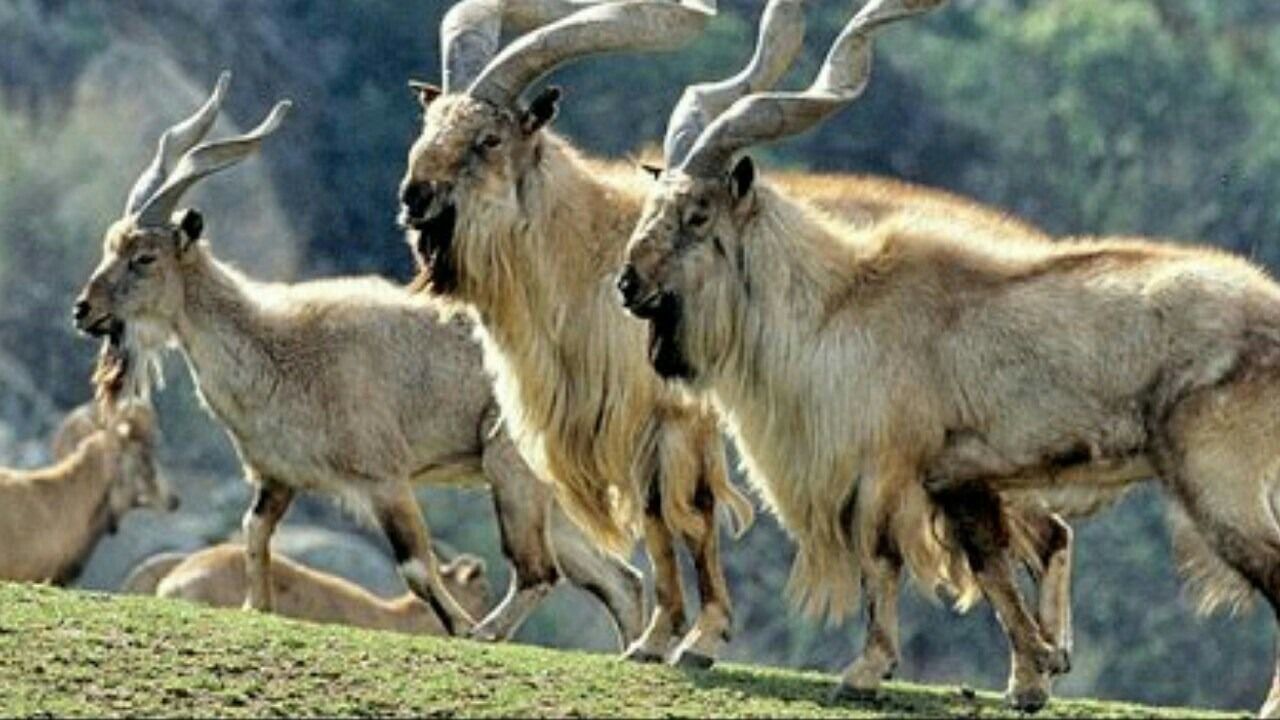
learn more about Indus Valley Civilization
Role of Islam:
Islamic Republic Pakistan is the only country that have been created in the name of religion Islam. The idea of the state was received from the Muslims, especially in the provinces of British India where Muslims were in a minority. This idea was articulated in the terms of an Islamic state under Muslim League leadership, Muhammad Ali Jinnah and the ulama. Muhammad Ali Jinnah has developed association with the ulama and upon his death was described by Maulana Shabbir Ahmad Usmani, the greatest Muslim leader after Aurangzeb Alamgir and someone who desired is to unite Muslims under the banner of Islam.
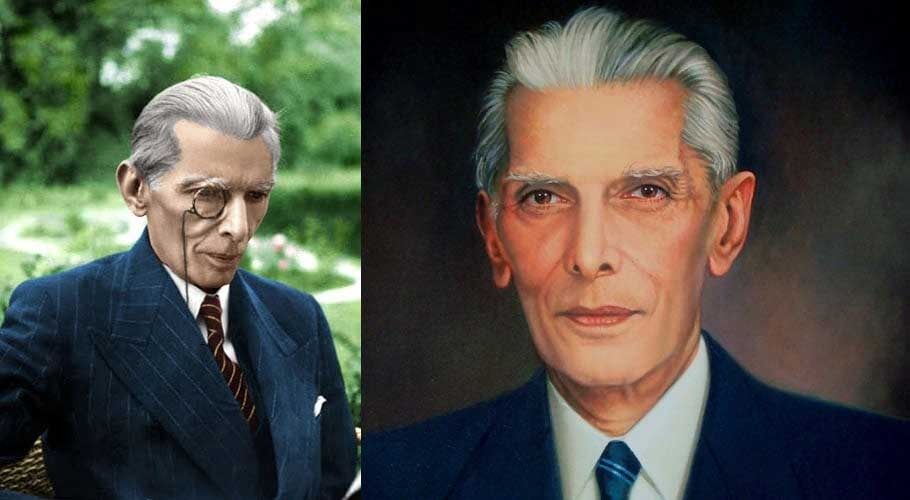
In March 1949, the Objective Resolution represented the first formal step to transform Pakistan into an Islamic Republic State. This resolution declared Allah Almighty as the sole sovereign over the entire universe. Chaudhry Khaliquzzaman, a Muslim leader asserted that" Pakistan could only become an Islam state after bringing all Muslims into a single political unit". One of the earliest scholars of Pakistani politics, Keith Callard observed that Pakistanis believed in the unity of purpose and outlook in the islamic world, he also assumed that Muslims from other Muslim and non-Muslim countries would share their views on the relationship between nationality and religion.
According to a PEW (Pew Research Center) opinion poll, a majority of Pakistanis support Sharia as the official law of the state. According to a survey of different Muslim countries, PEW found Pakistanis people trend to identify with religion more than their nationality as compared to the Muslims of the Other countries such as Jordan, Egypt and Indonesia.
Military history:
Pakistan has been involved in 4 conventional wars since 1947. The 1st war occured with India in Kashmir with India gaining control of Eastern Kashmir (Jammu and Kashmir and Ladakh) and Pakistan retaining Western Kashmir (Azad Kashmir and Gilgit-Baltistan). In 1965, territorial problems led to another war. Bengali refugee issue led to 3rd war in 1971 resulted in Pakistan's surrender in East Pakistan.
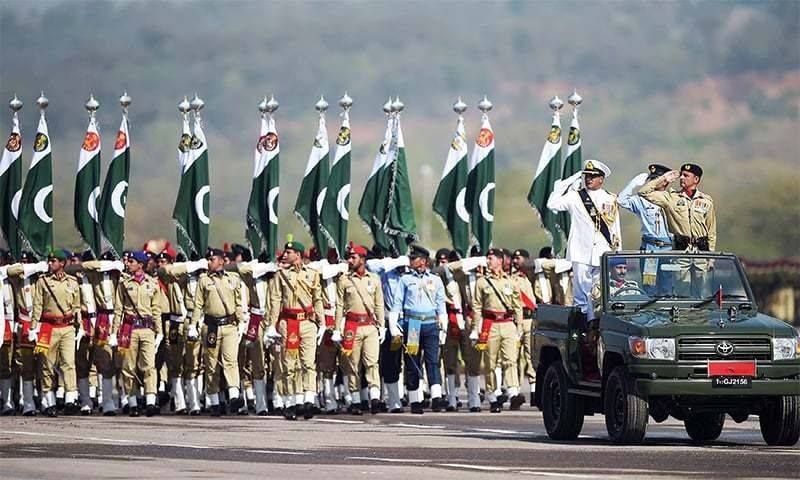
Nuclear power and energy:
Nuclear power is provided by six licensed nuclear powers plants as of May 2021. The PACE (Pakistan Atomic Energy Commission) is responsible for operating these power plants while, PNRA (Pakistan Nuclear Regulatory Authority) regulates its safe usage. The electricity generated by these power plants constitutes 5.8% of Pakistan's electrical energy, as compared to fossil fuels (crude oil and natural gas) which is 64.2%, 0.1% from coal and 29.9% from hydroelectric power. Pakistan along with Israel, India and North Korea is one of the nuclear armed states. It is a member in good standing of IAEA (International Atomic Energy Agency), but is not a part to the NPT (Nuclear Non-Proliferation Treaty).

A Candu-type nuclear reactor in KANUPP-I (Karachi Nuclear Power Plant) was supplied by Canada in 1971 as the first commercial nuclear power plant. In the 1980s, a Sino-Pakistani nuclear cooperation began. In 1986 after the Sino-Pakistani nuclear cooperation agreement, China provided Pakistan with nuclear reactor dubbed Chashma Nuclear Power Plant (or CHASNUPP) for industrial and energy growth of the country. Both countries proposed working on a joint energy security plan in 2005, calling for huge increase in capacity (more than 160,000 MWe by 2030). In 2050, under the Nuclear Energy Vision Pakistanis government plans to increase its capacity of power generation to 40,000 MWe, 8,900 MWe of it by 2030.

Economy:
The economy of Pakistan is the 23rd largest economy in the world in the terms of PPP (purchasing power parity), and in terms of GDP (gross domestic product) it is 42nd largest country. Many economists estimate that Pakistan was the part of world's wealthiest regions throughout the first millennium CE, the largest economy by GDP. This advantage of Pakistan was lost in 18th century as other regions such as Western Europe and China edged forward. Pakistan is considered a developing country and is one of the Next Eleven, along with BRICS, Pakistan have a high potential to become the world's largest economy on 21st century.
The economic growth of Pakistan is varied since its inception. The democratic transition causes Pakistan's economy to slow down during this period, but during the three periods of martial law, but the foundation for equitable growth and sustainable was not formed.
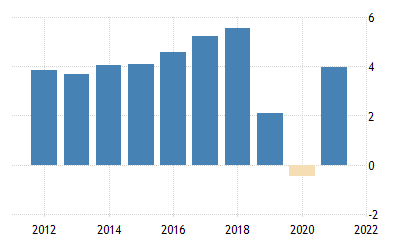
Pakistan's labour market is the 10th largest in the world, and is one of the largest producers of natural commodities. The Pakistani diaspora contributed US$19.9 billion to the economy in 2015-2016. The source countries for remittance of Pakistan are: the United States, Gulf states (Oman, Kuwait, Bahrain, Qatar) Canada, Norway, Saudi Arabia, Australia, Switzerland and Japan. According to the World Trade Organization, the overall world exports of Pakistan’s share is declining.
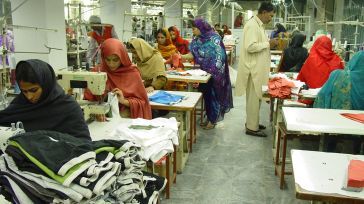
Through a mainly agricultural to a strong service base, the state of Pakistani's economy has been changed. According to the Food and Agriculture Organization, Pakistan produced 21,591,410 metric tons of wheat in 2005, that is more than all of Africa(24,557,785 metric tons). The GDP of agriculture as of 2015 accounts for 20.9%. The majority population of Pakistan is directly or indirectly is independent on agriculture, it accounts for 44% of employed labour force. Agriculture is the largest source of foreign exchange earnings.

Agriculture and primary sector
A large portion of the Pakistani's manufactured exports is dependent on the raw material, such as hides and cotton that is the part of the agriculture sector, while market disruptions and supply shortages in farm products push up inflationary pressures. Pakistan is also the 5th largest producer of cotton in the world with the production of 14 million bales from the beginning of 1.7 billion bales in the early 1950s. Pakistan is the 4th largest producer in the world of milk and is self-sufficient.

Land and water resources in country have not risen proportionately, but increase in these resources increase have taken place due to gain in labour and agriculture productivity. In the 1960s and 1970s, the major breakdown in crop production took place due to the Green Revolution. This made an important contribution to land and yield increases of rice and wheat. Cropping intensity which was augmented by tractor cultivation increases 50 percent due to private tube. Tube wells raised crop yields by 50 percent, the HYVs (High Yielding Varieties) of rice and wheat led to 50-60 percent higher yield. The overall GDP of meat industry accounts for 1.4 percent.
Industry
Industry is the 2nd largest sector of the economy of Pakistan, accounting for 19.74 percent of GDP(gross domestic product), and 24 percent of the total employment. The LSM(Large Scale Manufacturing) at 12.2 percent of GDP dominates the overall sector, accounts for 66 percent of the sectoral share followed by SSM(small-scale manufacturing) which accounts for 4.9 percent of total GDP.
The cement industry of Pakistan is also fast-growing because of high demand from Afghanistan and from the domestic state sectors. Pakistan exported 7,708,557 metric tons of cement in 2013. Pakistan has capacity of 44,768,250 metric tons of cement and 42,636,429 metric tons of clinker. The cement industry of Pakistan is the most profitable sector of the economy in 2012 and 2013.
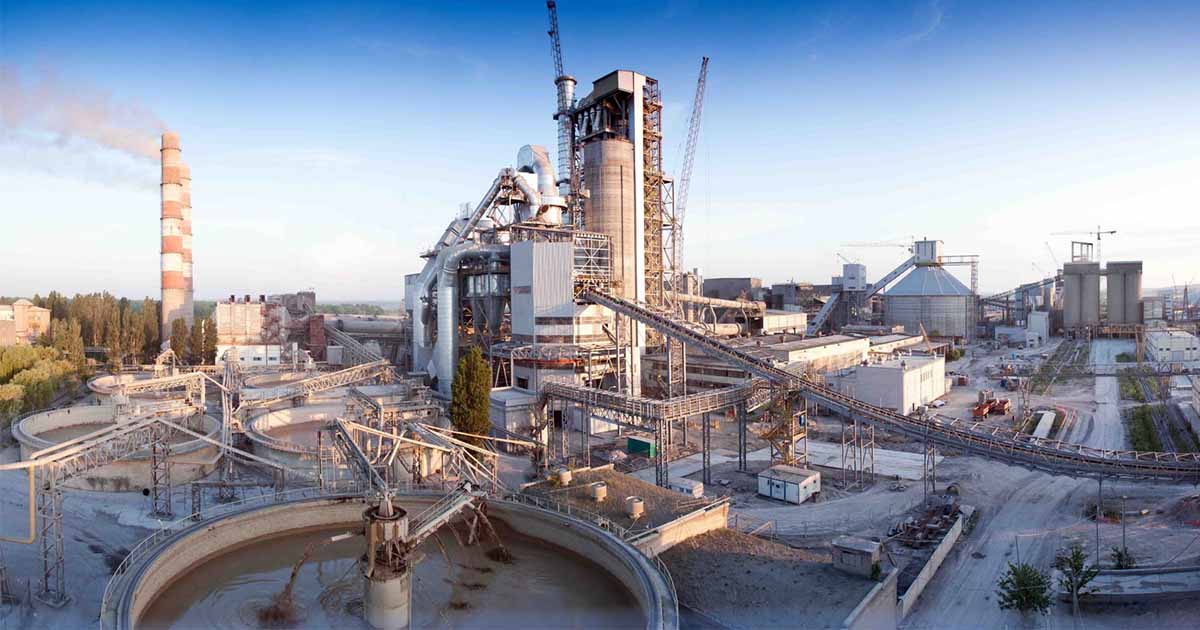
The pivotal position in the manufacturing sector is of textile industry. Pakistan is the 8th largest exporter of textile/cloths products in Asia. It contributes 9.5 percent to the GDP and provide employment to around 15 million people(some 31 percent of the 49 million people in the workforce). Also, Pakistan is the 4th largest producer of cotton with the 3rd largest spinning capacity in Asia after India and China, it contributes 5 percent of the global spinning capacity. China is the 2nd largest customer of Pakistani textile, it imports US$1.528 billion of textiles last fiscal.

Unlike the United States, where substantially value added textiles are imported. China buys only cotton fabric and yarn from Pakistan. Pakistani textile products accounted for 3.3 percent or US$1.07bn of all United Kingdom textile imports, 12.5 percent or $4.61bn of total Chinese textile imports, 3 percent of all United States textile imports $2,981 million, 1.5 percent of total German textile imports $881 million and 0.8 percent of total Indian Textile imports $887 million.
Services
The services sector of Pakistan make up 58.8 percent of GDP, it has emerged as the main driver of economic growth. The Pakistani society like other developing states is a consumption oriented society, having a marginal propensity to consume. The growth rate of services sector of the country is higher than the growth rate of agriculture and industrial sector of the country. The Services sector accounts for 55 percent of GDP in 2014 and is over one-third of total employment. This sector has strong linkages with other sectors of economy; it provides essential inputs to the manufacturing sector and the agriculture sector. Pakistan's Information technology(IT) sector is regarded as one of the fastest growing sectors' in Pakistan. According to the World Economic Forum, in assessing the development of Information and Communication Technology in the country, Pakistan ranked 110th among 139 countries on the 'Networked Readiness Index 2016'.
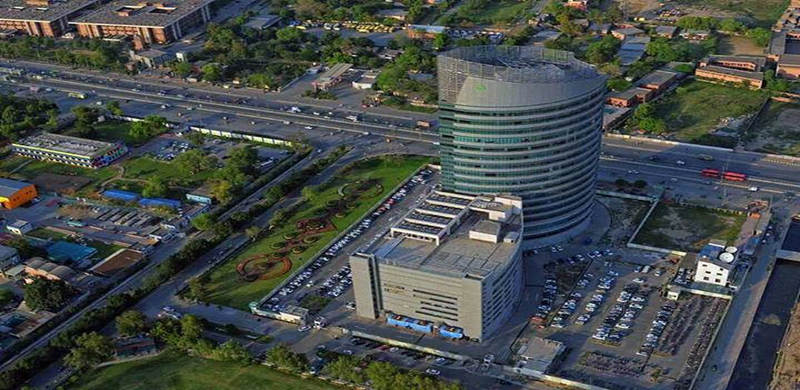
In May 2020, Pakistan was the 9th-largest population of Internet users in the world, it has about 82 million internet users. The current growth rate and employment trend of Pakistan's Information Communication Technology (ICT) industry exceeds the $10-billion mark by 2020. This sector employees 12,000 and is one of the top 5 freelancing nations. Pakistan has also improved its export performance in computer and information services and telecom services, the share of the country's exports surged from 8.2pc in 2005–06 to 12.6pc in 2012–13. There growth is much better than of China, whose share in services exports was 3pc and 7.7pc for the same period respectively.
Learn more about Information Technology
Tourism
Pakistan with its diverse landscapes, people and cultures, attracted around 6.7 million foreign tourists in 2018, which shows a significant decline since the 1970s. In the 1970s, the country received unprecedented numbers of foreign tourists due to the popular Hippie trail. This trail attracted thousands of Americans and Europeans in the 1960s and 1970s. These people travelled via land and through Iran and Turkey Into India through Pakistan. The main destination choices for these tourists were the Peshawar, Rawalpindi, Karachi, Khyber Pass, Swat and Lahore. The number following the Hippie trail decreases after the Soviet–Afghan War and the Iranian Revolution.
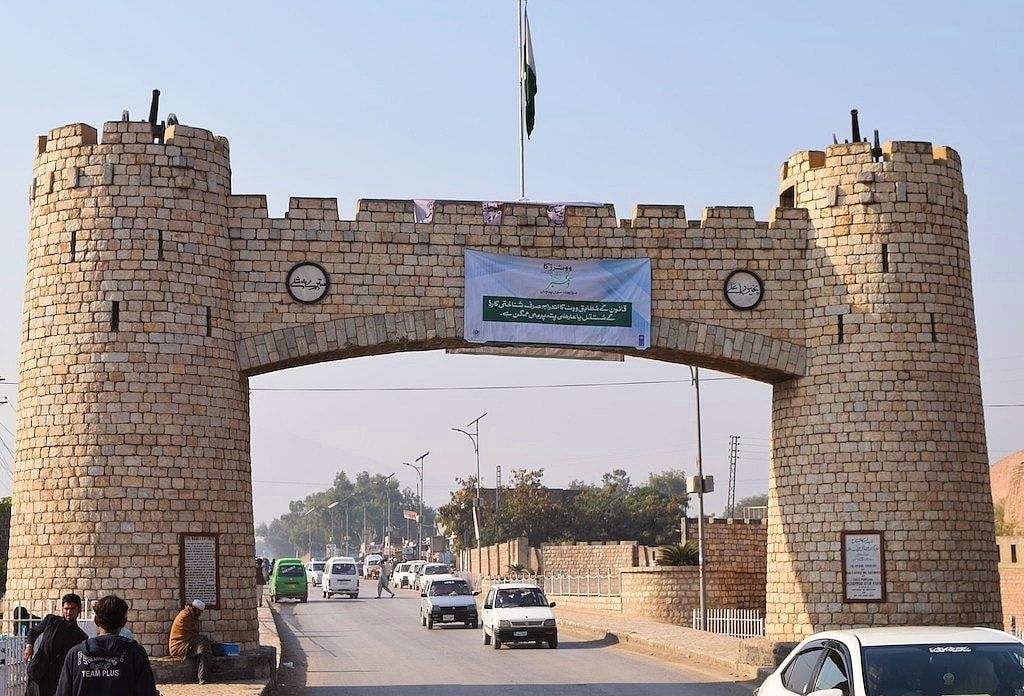
Tourists attraction of Pakistan ranges from the mangroves in the south to the Himalayan hill stations in the north-east. The country's tourist destinations range from Taxila and the Buddhist ruins of Takht-i-Bahi, to the 5,000-year-old cities of the Indus Valley Civilization such as Harappa and Mohenjo-daro. Pakistan is home to several mountain peaks over thousands of metres. The northern areas of Pakistan have many old fortresses, examples of ancient architecture, and the Chitral valleys and Hunza, home to the small pre-Islamic Kalasha community claiming descent from the Great Alexander. Pakistan's cultural capital, Lahore, contains many examples of Mughal architecture such as the Badshahi Masjid, the Tomb of Jahangir, the Shalimar Gardens, and the Lahore Fort.
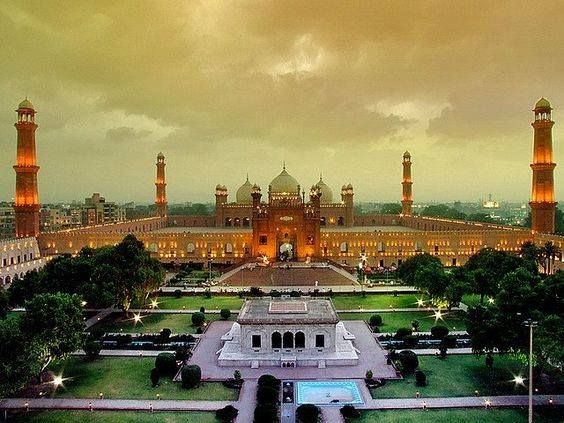
After the 2005 Kashmir earthquake, in October 2006, The Guardian released what it described as" The top five tourist sites in Pakistan" to help the country's tourism industry. These 5 sites included Lahore, Karimabad, Lake Saiful Muluk, Taxila and KaraKoram Highway. To promote the unique cultural heritage of Pakistan the government organised various festivals throughout the year. The World Economic Forum's Travel & Tourism Competitiveness Report ranked Pakistan 125 out of 141 countries in 2015.

There are many beautiful Places to visit in Pakistan. Best Places to Visit in Pakistan
Facts About Pakistan
- Sialkot,located in Pakistan is the worlds largest producer of handsewn footballs.
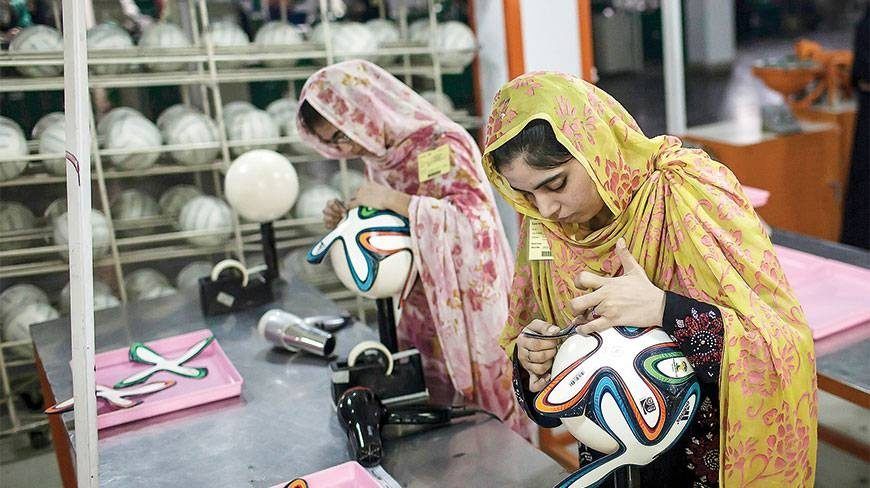
- Pakistan is the world's first Islamic country to attain nuclear power.
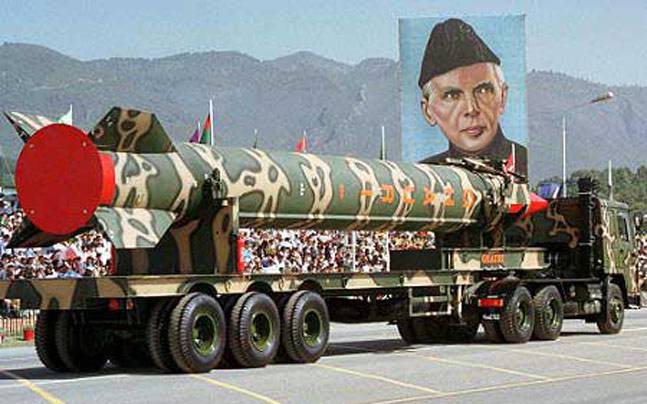
- The Karakoram Highway Pakistan, is the highest paved international road.

- Pakistan has the world's largest ambulance network.
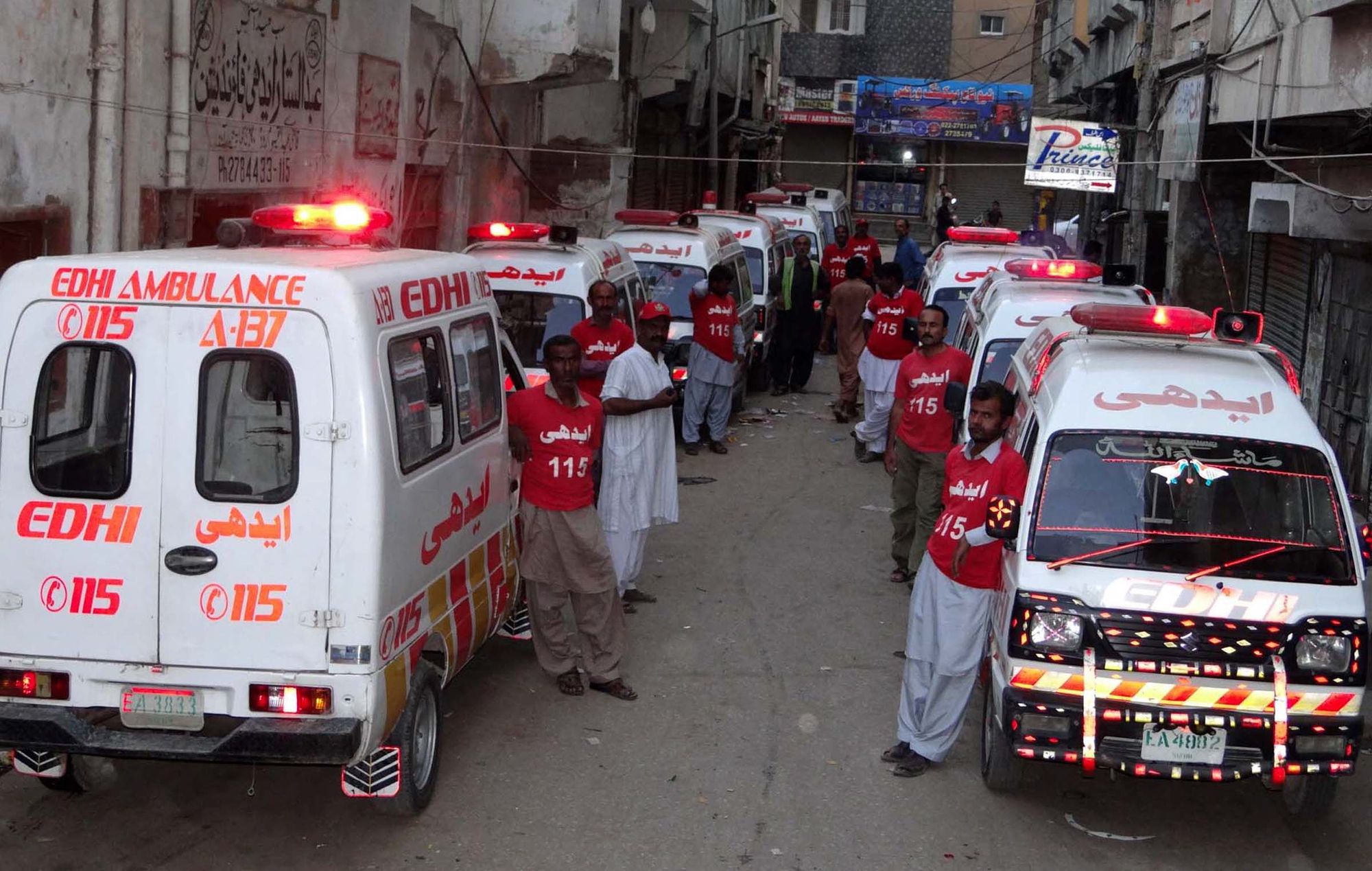
- Two people won the Nobel Proze from pakistan. Malala Yousafzai for peace and Abdus Salam for Physics.


- Sugarcane juice is the national drink of Pakistan, also known as "roh"

- K-2 is the highest mountain peak in Pakistan, and the second largest in the world.
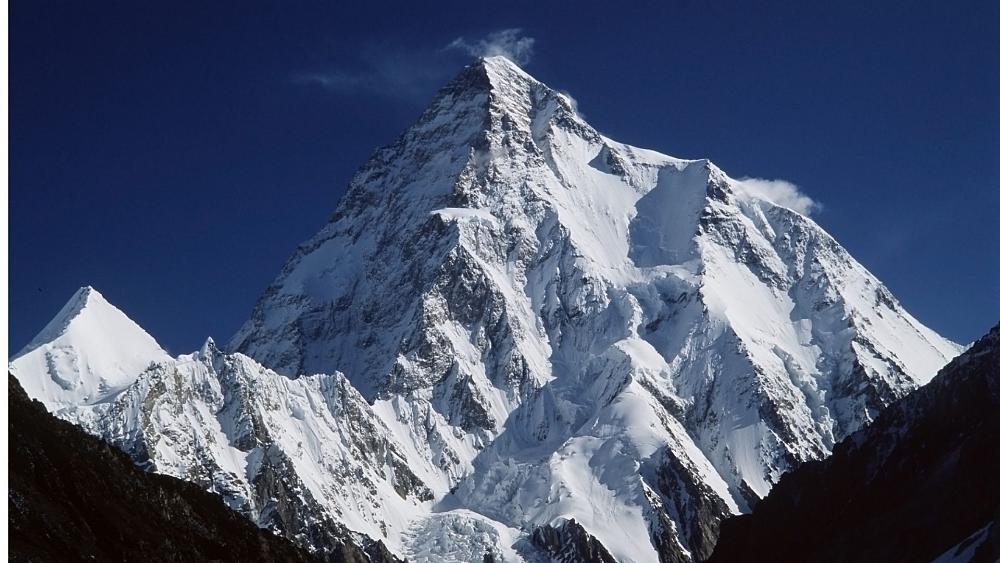
- Pakistan also made history with the youngest civil judge in the world, Mohammad Ilyas passed exam at the age of 20 years and 9 months.
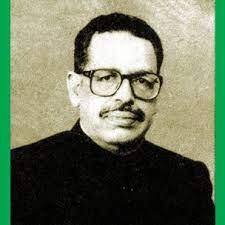
- The Khewra Salt Mine in Pakistan is the second largest and the oldest salt mine in the world.
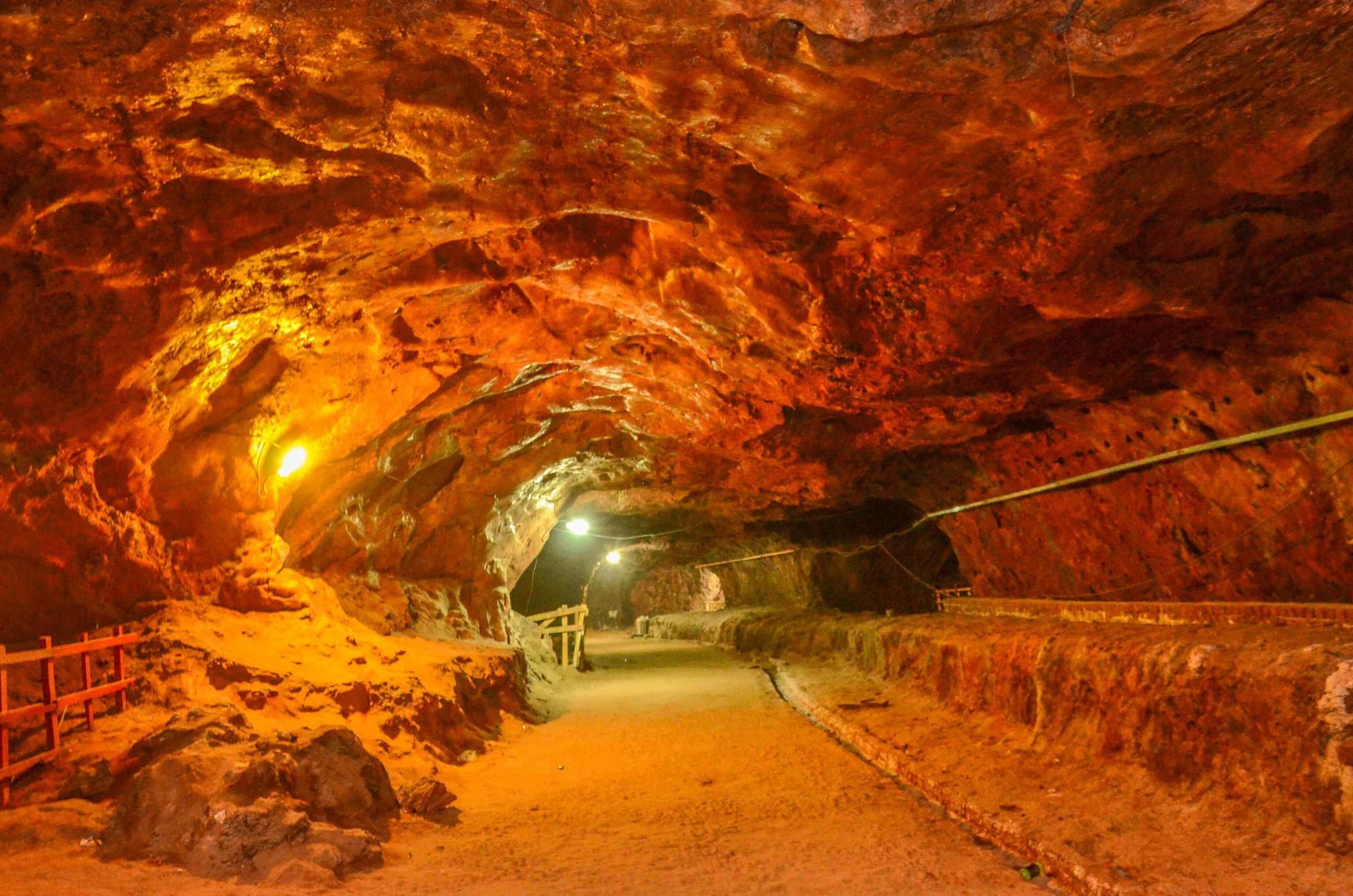
- The words largest man made forest is in Pakistan, Changa Manga forest(12,423 acres in area). it is named after two brothers
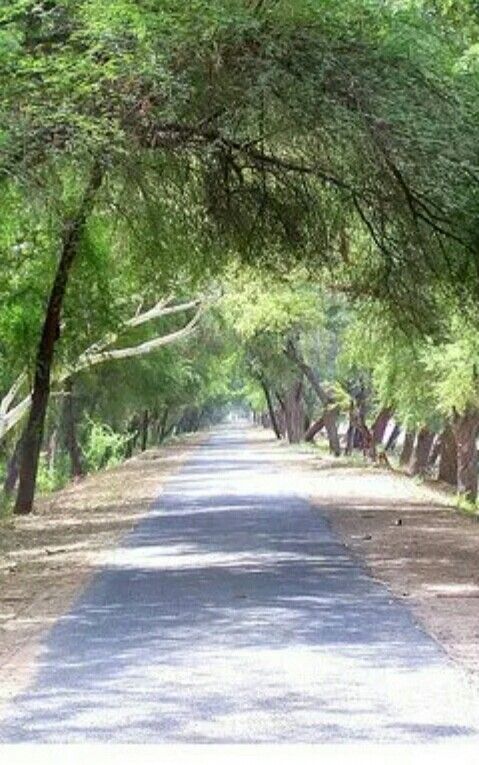
- Islamabad the capital of Pakistan, is ranked the second most beautiful capital in the world.
